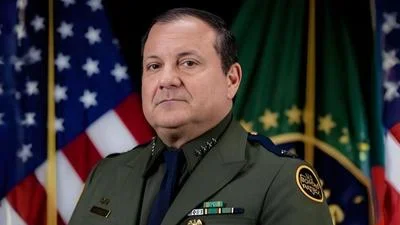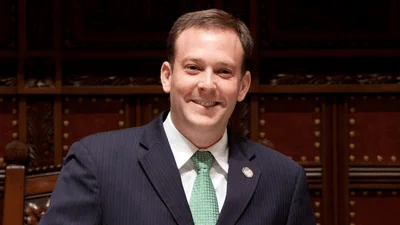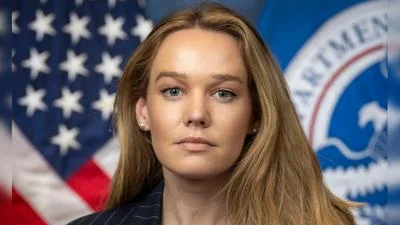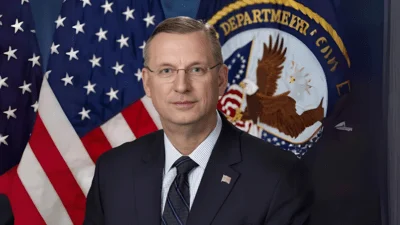Earlier this month, Bozeman, Montana, hosted a significant virtual fencing workshop. Organized by the Property and Environment Research Center (PERC) in collaboration with the Beyond Yellowstone Program, the event gathered experts from various sectors to explore advancements in virtual fencing technology. The workshop was supported by sponsors including the Greater Yellowstone Coalition, World Wildlife Fund, and the University of Wyoming’s Ruckelshaus Institute of Environment and Natural Resources – MacMillan Private Lands Stewardship Program, with backing from the Alumbra Innovations Foundation.
The adoption of virtual fencing technology has been increasing among ranchers in the Western United States. This shift aims to replace traditional barbed-wire fences that are costly to maintain and obstruct wildlife migration. Virtual fencing uses signal towers and GPS collars on cattle to create boundaries without physical barriers.
Held from June 12 to June 14, PERC's workshop aimed to understand how virtual fencing can be applied effectively for land management and conservation. Over 40 industry leaders attended to discuss applications, evaluate outcomes, and strategize ways to expand its use while addressing financial feasibility.
Arthur Middleton, associate professor at the University of California, Berkeley, commented on the event: “I was thrilled to co-host the workshop with PERC and help facilitate this important conversation.” He highlighted virtual fencing's potential benefits for agriculture productivity and conservation across the West.
PERC is advancing this technological shift through partnerships with ranchers across the West. Their initiative launched last fall seeks to assess virtual fencing's impact on both wildlife conservation and agricultural production.
Brian Yablonski, CEO of PERC stated: “We are beyond encouraged by the enthusiasm we saw earlier this month for virtual fencing technology among our diverse group of partners.” He emphasized its potential to transform agriculture and conservation positively.
Further information about virtual fencing is available online.





